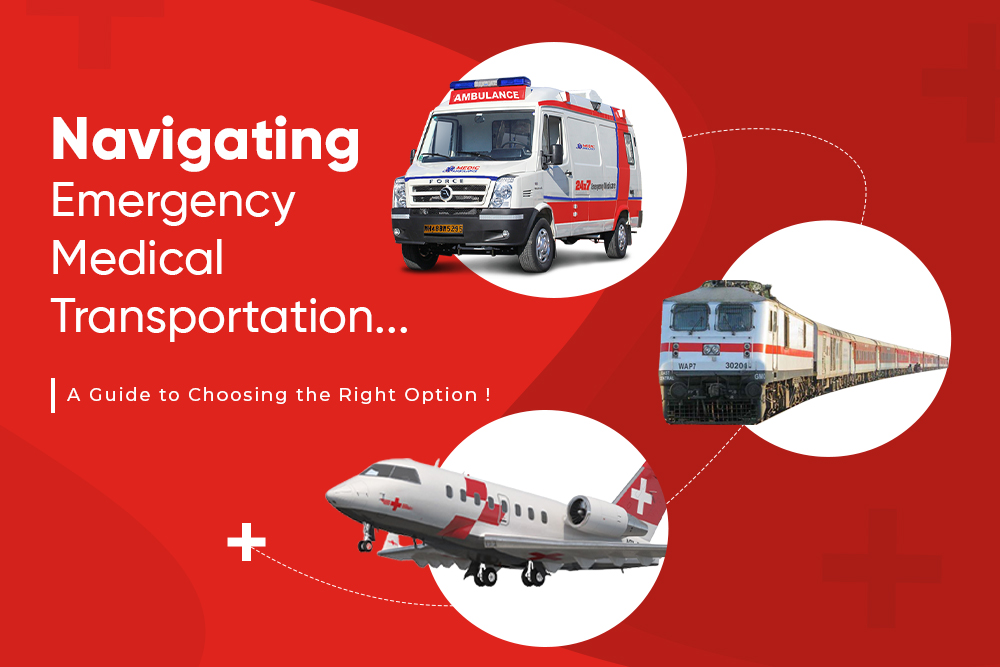Navigating Emergency Medical Transportation: A Guide to Choosing the Right Option
Introduction:
When faced with a medical emergency, choosing the right mode of transportation is crucial for ensuring prompt and effective care. In this blog post, we'll explore the various options available for emergency medical transportation and provide guidance on selecting the most suitable option based on individual needs and circumstances.
1. Understanding Your Options
Emergency medical transportation encompasses a range of options, including ambulances (road, air, and train), private vehicles, and ride-sharing services. Each option offers distinct advantages and considerations, depending on factors such as urgency, distance, and medical condition.
2. Assessing Medical Needs
Before making a decision, it's essential to assess the medical needs of the individual requiring transportation. For critical conditions requiring immediate medical attention, air ambulances may offer the fastest response time and specialized care. Conversely, for non-life-threatening situations, road ambulances or private vehicles may suffice.
3. Considerations for Distance and Accessibility
The choice of transportation may also depend on the distance to the nearest medical facility and the accessibility of the location. Air ambulances are ideal for remote or inaccessible areas, while road ambulances are suitable for urban or suburban settings with readily available road access.
4. Cost and Insurance Coverage:
Cost is an important factor to consider when selecting emergency medical transportation. While some services may be covered by insurance or government programs, others may require out-of-pocket expenses. It's essential to understand insurance coverage and any associated costs before making a decision
5. Consulting with Healthcare Providers
In complex or uncertain situations, consulting with healthcare providers can provide valuable guidance on the most appropriate mode of transportation. Healthcare professionals can assess the patient's condition, consider medical needs, and make recommendations based on their expertise and experience.
Conclusion:
In conclusion, choosing the right option for emergency medical transportation requires careful consideration of various factors, including medical needs, distance, accessibility, cost, and insurance coverage. By understanding the available options and consulting with healthcare providers, individuals can make informed decisions that prioritize safety, efficiency, and timely access to medical care. Ultimately, the goal is to ensure that individuals in medical emergencies receive the appropriate transportation and treatment they need to achieve the best possible outcomes.

